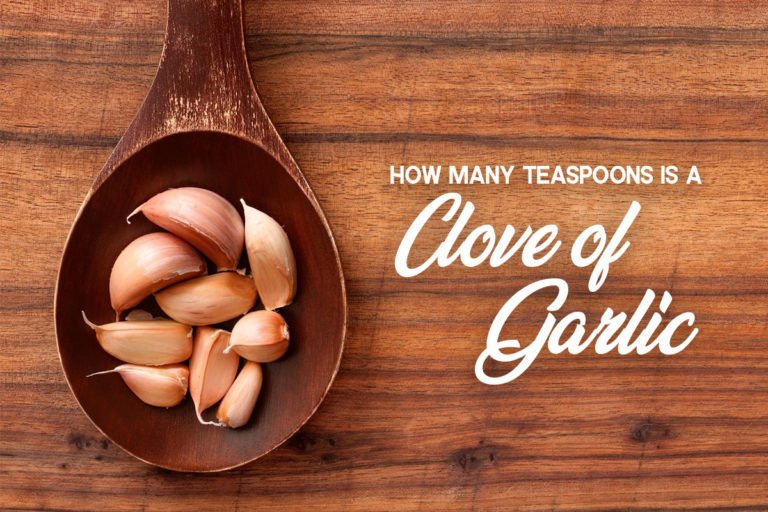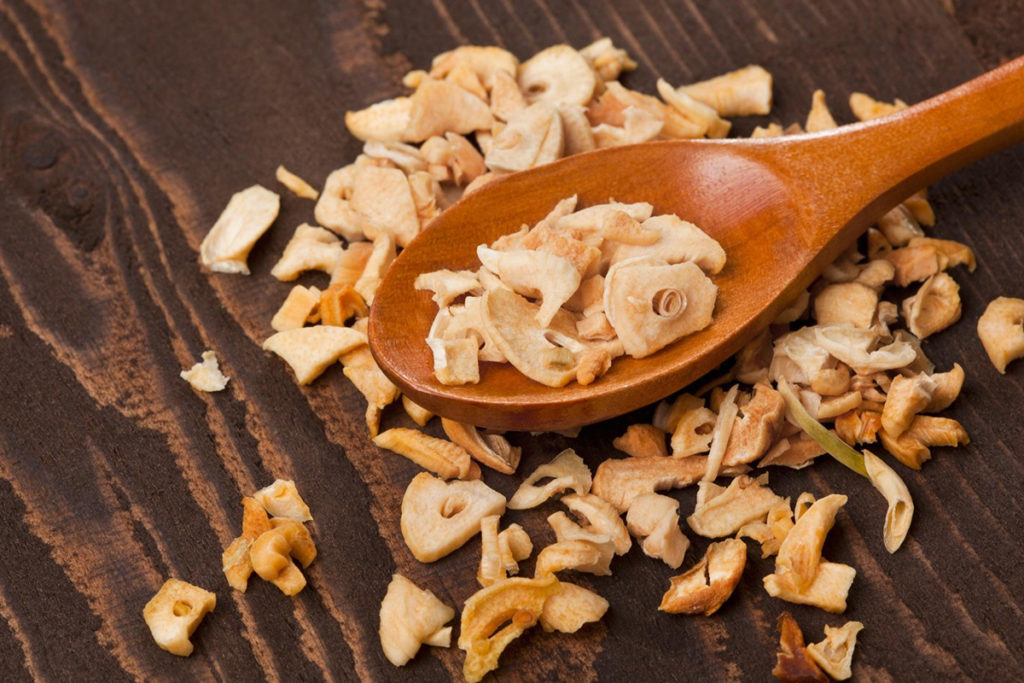A Clove Of Garlic Equals How Many Teaspoons: The Ultimate Guide
Garlic is an essential ingredient in many cuisines worldwide, and knowing how to measure it properly is crucial for any home cook or chef. Whether you're following a recipe or experimenting with new flavors, understanding how much a clove of garlic equals in teaspoons can make all the difference in your cooking. In this comprehensive guide, we'll explore everything you need to know about garlic measurement and its culinary applications.
Garlic not only enhances the flavor of dishes but also offers numerous health benefits, making it a staple in kitchens everywhere. However, recipes often use varying measurements, which can be confusing for beginners. By the end of this article, you'll have a clear understanding of how to measure garlic accurately and confidently incorporate it into your meals.
This guide will cover everything from the basics of garlic measurement to advanced tips for using garlic in your cooking. Whether you're a seasoned chef or a beginner in the kitchen, you'll find valuable insights here. Let's dive in!
Read also:Kaitlyn Devers Rising Star In The World Of Athletics
Table of Contents:
- Biography of Garlic
- A Clove of Garlic Equals How Many Teaspoons
- Types of Garlic
- Health Benefits of Garlic
- Tips for Cooking with Garlic
- Garlic Substitutes
- Delicious Garlic Recipes
- How to Store Garlic
- Frequently Asked Questions
- Conclusion
Biography of Garlic
Garlic has been cultivated for thousands of years and is native to Central Asia. It has been used in both culinary and medicinal practices across various cultures. Below is a brief overview of garlic's history and its significance in modern kitchens.
Data and Biodata of Garlic
| Scientific Name | Allium sativum |
|---|---|
| Family | Amaryllidaceae |
| Origin | Central Asia |
| Cultivation | Worldwide |
| Uses | Culinary, Medicinal |
Garlic's rich history and versatility make it one of the most popular ingredients in global cuisine.
A Clove of Garlic Equals How Many Teaspoons
One of the most common questions among home cooks is, "A clove of garlic equals how many teaspoons?" The answer depends on the size of the clove and how finely it's minced. On average:
- A small clove of garlic equals about 1/2 teaspoon minced.
- A medium clove equals approximately 1 teaspoon minced.
- A large clove can yield up to 1.5 teaspoons minced.
These measurements are approximate and can vary slightly depending on the garlic variety and personal preference.
Types of Garlic
There are several types of garlic, each with its own unique flavor profile and characteristics. Understanding these differences can help you choose the right garlic for your recipes.
Read also:Sybil Sheppard The Iconic Figure Who Shaped A Generation
Hardneck vs Softneck Garlic
- Hardneck Garlic: Known for its robust flavor and stiff central stalk. It's ideal for roasting and grilling.
- Softneck Garlic: More commonly found in grocery stores, softneck garlic has a milder flavor and stores well for longer periods.
Both types have their advantages, so it's worth experimenting to see which one suits your taste.
Health Benefits of Garlic
Beyond its culinary uses, garlic offers numerous health benefits. It's rich in antioxidants and has been linked to improved heart health, immune function, and even cancer prevention.
According to a study published in the Journal of Nutrition, garlic contains allicin, a compound with antimicrobial and anti-inflammatory properties. Incorporating garlic into your diet can help boost your overall well-being.
Tips for Cooking with Garlic
Cooking with garlic can elevate any dish, but it's important to know how to handle it properly. Here are some tips:
- Peeling Garlic: Use the flat side of a knife to gently crush the clove, making it easier to peel.
- Minced vs. Sliced: Minced garlic releases more flavor, while sliced garlic offers a milder taste.
- Avoid Burning: Garlic burns easily, which can make it bitter. Always cook it over low to medium heat.
These simple techniques can help you get the most out of your garlic.
Garlic Substitutes
For those who can't or don't want to use fresh garlic, there are several substitutes available:
Powdered Garlic
Powdered garlic is a convenient alternative that can be used in recipes where fresh garlic isn't practical. Keep in mind that the flavor may differ slightly, so adjust the quantity accordingly.
Garlic Powder vs. Garlic Salt
- Garlic Powder: Pure ground garlic, ideal for seasoning.
- Garlic Salt: A mix of garlic powder and salt, use sparingly to avoid excessive sodium.
Choosing the right substitute depends on your recipe and dietary preferences.
Delicious Garlic Recipes
Here are a few recipes that highlight the versatility of garlic:
Garlic Butter Shrimp
This quick and easy dish is perfect for a weeknight dinner. Simply sauté shrimp in garlic butter and serve with crusty bread or over pasta.
Roasted Garlic Mashed Potatoes
For a rich and creamy side dish, try adding roasted garlic to your mashed potatoes. The result is a comforting dish that everyone will love.
Experiment with these recipes to discover new ways to enjoy garlic in your cooking.
How to Store Garlic
Proper storage is key to keeping garlic fresh and flavorful. Here are some tips:
- Airflow: Store garlic in a cool, dark place with good airflow. Avoid sealed containers.
- Refrigeration: Minced garlic can be stored in the fridge for up to a week, but whole cloves should not be refrigerated.
- Freezing: For long-term storage, freeze minced garlic in olive oil for easy use in recipes.
By following these storage guidelines, you can ensure your garlic stays fresh and ready to use.
Frequently Asked Questions
Here are some common questions about garlic:
How Many Cloves Are in a Head of Garlic?
A typical head of garlic contains about 10-12 cloves, though this can vary depending on the size and variety.
Can Garlic Be Eaten Raw?
Yes, garlic can be eaten raw and is often used in salads, dressings, and marinades. However, some people may find raw garlic too strong or spicy.
Does Garlic Have Side Effects?
While garlic is generally safe for most people, consuming large amounts can cause digestive issues or interact with certain medications. Consult your doctor if you have concerns.
Conclusion
In conclusion, understanding how much a clove of garlic equals in teaspoons is essential for accurate cooking. Whether you're using fresh garlic, powder, or salt, this versatile ingredient can enhance the flavor of any dish. By following the tips and techniques outlined in this guide, you can confidently incorporate garlic into your cooking and enjoy its numerous health benefits.
We encourage you to share your thoughts and experiences with garlic in the comments below. If you found this article helpful, please consider sharing it with others. For more culinary insights and tips, explore our other articles on the site.


